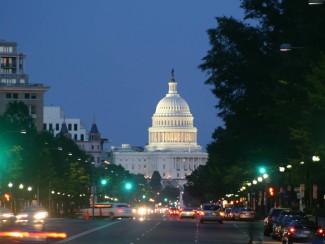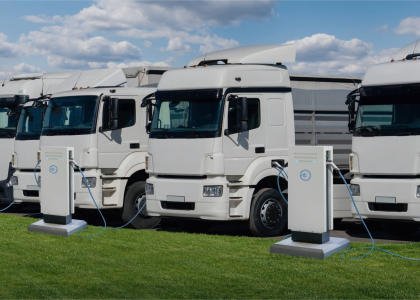In response to media reports that the Environmental Protection Agency may end the ENERGY STAR program, the American Council for an Energy-Efficient Economy (ACEEE) issued the following statement from its executive director, Steven Nadel:
“If you wanted to raise families’ energy bills, getting rid of the ENERGY STAR label would be a pretty good way. This would take away basic information from consumers who want to choose cost-saving products easily. There’s a reason this program has been so popular with consumers and manufacturers alike.”
Background:
The ENERGY STAR program helps consumers and businesses save energy. Created in 1992 by President George H.W. Bush and expanded by subsequent administrations, the ENERGY STAR label is the mark of efficient appliances, electronics, new homes, and more. By choosing ENERGY STAR products, a typical household can save about $450 on their energy bills each year, according to a Lawrence Berkeley National Laboratory estimate.
Many energy efficiency incentive programs—run by utilities, states, and others—use the ENERGY STAR certification to set which products are eligible for rebates. Manufacturers and retailers use it to market efficient products.
Last month, nearly 1,100 companies and organizations urged the EPA to maintain full funding and staffing levels in the ENERGY STAR program.


